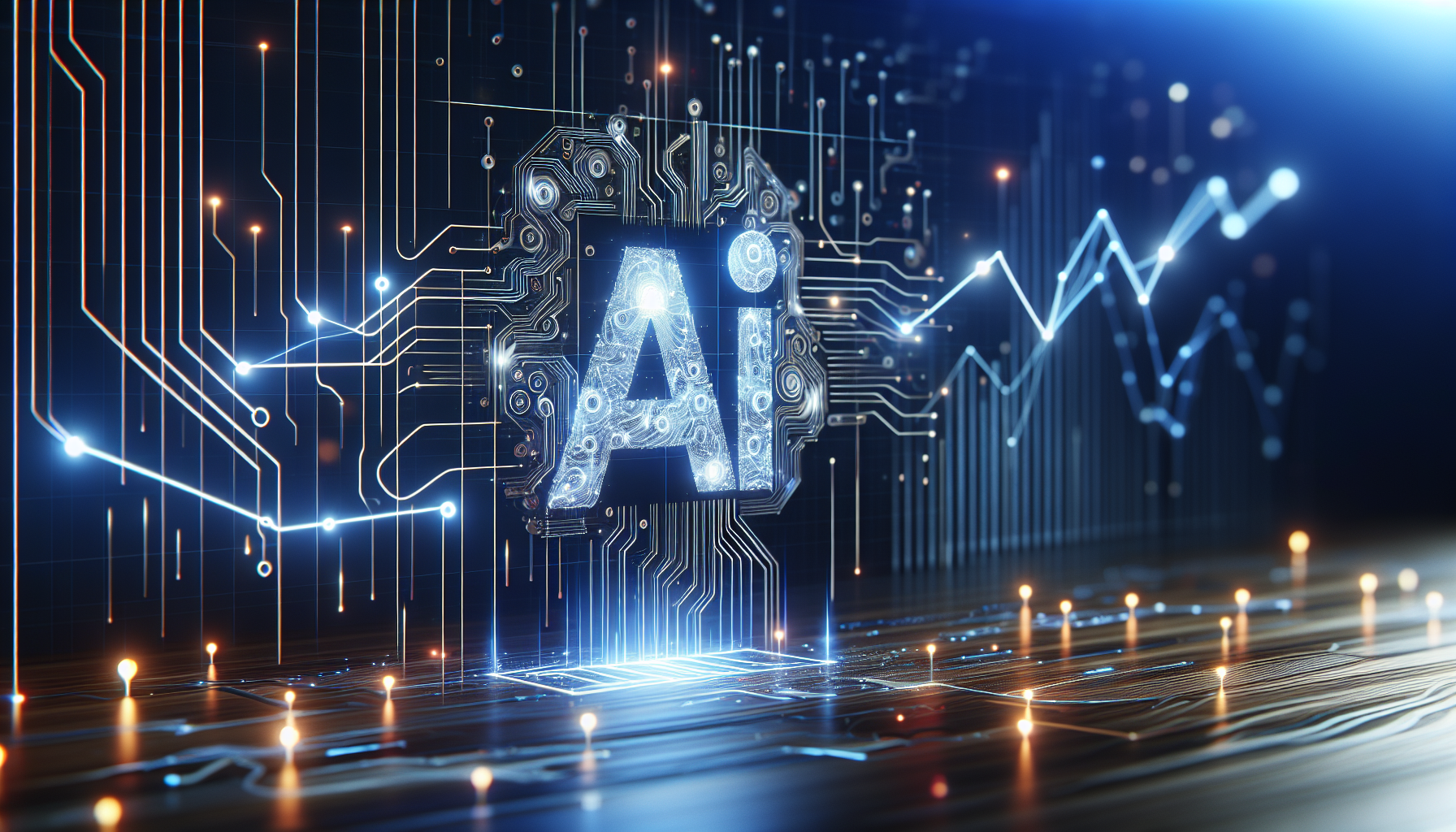
Explainable AI: Demystifying the Machines Behind the Curtain
October 13, 2025
Let’s face it, artificial intelligence can seem like a black box—an enigmatic machine that spits out decisions with the authority of a fortune-teller. But what if I told you there's a growing movement to make AI as transparent as a clear blue sky? Enter Explainable AI, or XAI, a concept that’s turning heads not just in tech circles but beyond. It promises to demystify the decisions made by AI systems, transforming them from cryptic codes to understandable logic. Let's bust some myths around this buzzword and see why it's gaining momentum.
First off, let's tackle the elephant in the room: the myth that AI is inherently unknowable. Many people picture AI as this grand, mysterious entity capable of understanding our world in ways we can't comprehend. This isn't entirely true. AI, at its core, is a set of algorithms trained on data. Explainable AI aims to peel back the layers of these algorithms and showcase how they arrive at conclusions. It's like getting a backstage pass to your favorite magic show—only to discover it's not magic at all, just clever trickery.
One popular misconception is that making AI explainable will slow it down or make it less effective. This myth is akin to saying that a sports car can't be fast if you know how its engine works. In reality, explainability doesn’t have to come at the expense of performance. Researchers are developing methods that maintain the power of AI while offering insights into its decision-making process. These methods include visualizations, natural language explanations, and even counterfactual reasoning, which can reveal what factors would have changed the outcome.
Some folks argue that only experts can truly understand AI explanations. While it’s true that the underlying math can be complex, the essence of explainability is to make AI accessible to everyone. Think about it like this: you don’t need to be a mechanic to understand a car dashboard. In the same way, XAI aims to offer intuitive explanations that make sense to users, whether they're healthcare providers, financial analysts, or everyday consumers. The goal is to empower people to trust AI by understanding it, not just to accept it blindly.
There's also a notion that XAI is just a marketing gimmick—a shiny label slapped onto AI tech to make it more palatable. While it’s true that buzzwords can sometimes be overused, the demand for transparent AI is very real. Industries from finance to healthcare are seeking out AI systems that not only perform well but can also justify their decisions. Regulatory bodies are also stepping in, suggesting that explainability is becoming a necessity rather than a luxury. In an age where data privacy and ethical considerations are paramount, XAI provides a way to ensure that AI acts in a fair and accountable manner.
Let's not overlook the impact of explainable AI on fostering trust. Imagine trusting a self-driving car or a medical diagnosis system without understanding its reasoning. It’s a tough pill to swallow, right? Explainable AI bridges this trust gap by giving users a peek into the machine’s mind. It’s like having a conversation with your AI assistant, where you can ask, “Why did you suggest this?” and get a coherent answer. This dialogue not only builds trust but also opens up opportunities for improvement, as users can provide feedback based on the explanations they receive.
Finally, consider the impact of XAI on innovation. By making AI systems more interpretable, researchers and developers can better understand the strengths and weaknesses of their models. This understanding drives innovation, as it highlights areas for improvement and encourages the development of more robust and fair AI systems. It’s a bit like shining a flashlight in a dark room—you suddenly see possibilities you never knew existed.
In a world that’s increasingly reliant on AI, the quest for explainability is about more than just technology; it's about fostering a culture of transparency and accountability. So, the next time you hear someone say AI is an unfathomable mystery, you can confidently counter with the truth: that we're on a journey to make the machines explain themselves.
So, where does this leave us? As AI continues to evolve, the conversation around explainability will only grow louder. How will this quest for transparency shape the future of AI? Could we one day live in a world where all AI systems are as understandable as your car’s speedometer? It's a tantalizing thought, one that invites us to keep questioning and exploring the possibilities of this rapidly advancing field.


